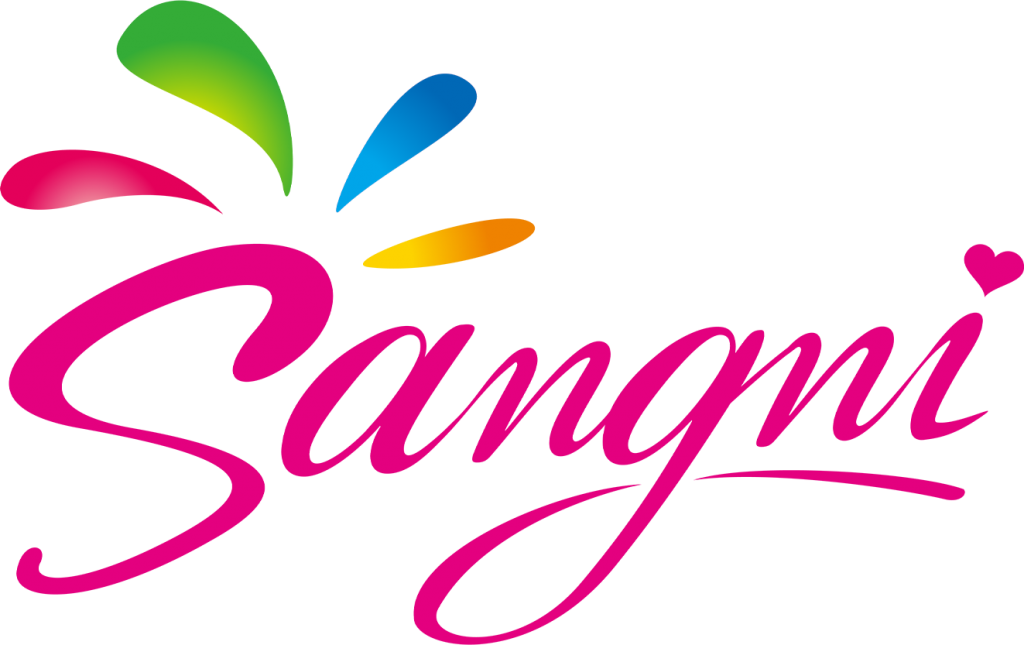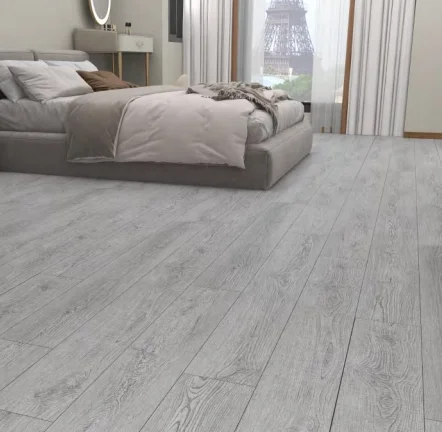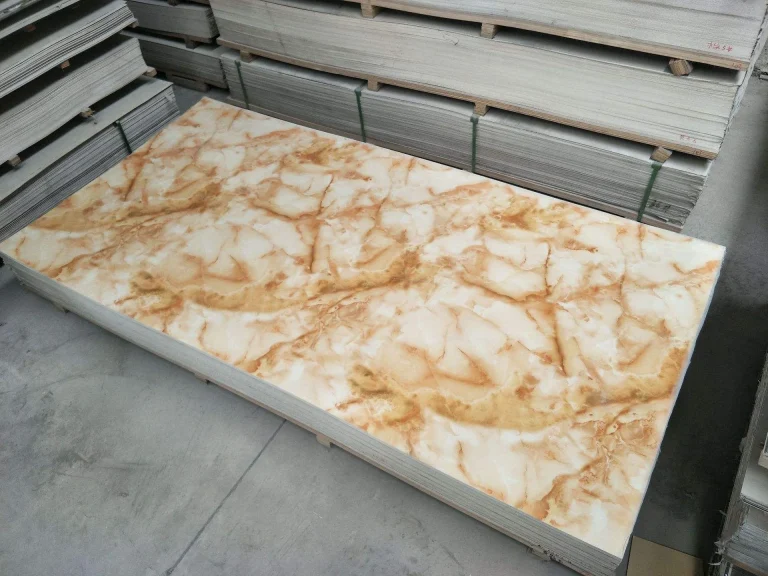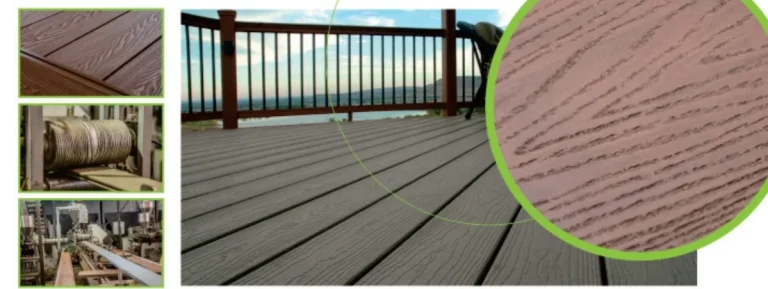Why is Bamboo Fiberboard Considered a Sustainable Material?
The Environmental Benefits of Using Bamboo
Bamboo fiberboard is eco-friendly since bamboo is a fast-growing and renewable material compared to ordinary wood material. Ordinary wood takes long to grow and harms the environment after it has been applied in construction and design processes such as buildings or furniture. Bamboo cultivation does not involve the application of excessive fertilizers and pesticides, thus limiting its harm to the environment. This is better suited to resolve the sustainable development problems of such industries.
 Bamboo fiberboard is one of the Wood Polymer Composites (wpc) which over the last few years have gained extremely popular status both at the global and domestic levels as a new composite material. They are manufactured by blending waste plant fibers like wood powder, rice husk and straw with plastics like polyethylene, polypropylene or polyvinyl chloride. This not only utilizes the waste products but also decreases the reliance on natural wood resources only. Using over 50 percent of waste plant fibers in the production process of bamboo fiberboards is a giant leap towards deforestation prevention as well as towards the promotion of recycle utilization.
Bamboo fiberboard is one of the Wood Polymer Composites (wpc) which over the last few years have gained extremely popular status both at the global and domestic levels as a new composite material. They are manufactured by blending waste plant fibers like wood powder, rice husk and straw with plastics like polyethylene, polypropylene or polyvinyl chloride. This not only utilizes the waste products but also decreases the reliance on natural wood resources only. Using over 50 percent of waste plant fibers in the production process of bamboo fiberboards is a giant leap towards deforestation prevention as well as towards the promotion of recycle utilization.
How Bamboo Fiberboard Reduces Carbon Footprint
Production and utilisation of bamboo fiberboard will decrease carbon from the usual construction materials by significant percentages. Bamboo as a substance is itself a carbon sink as it grows and absorbs gigantic amounts of CO2 from the atmosphere. In uses to fiberboards, such trapped carbon is encased in the product throughout the entire length of its lifecycle.
How Does Bamboo Fiberboard Perform as a Cladding Material?
Durability and Strength of Bamboo Fiberboard
One of the materials used for cladding is the application of bamboo fiberboard since it’s durable and tough due to its mixture of natural fibers and synthetic polymers, which can resist various pressures. Since it contains plastic or wood in its material, it remains water-resistant and lightweight without interfering with its toughness and strength. This hybrid increases building stability while lowering the weight.
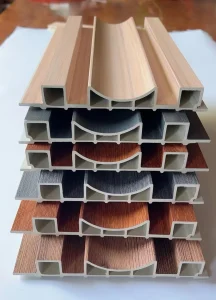 Moreover, with the progress in manufacturing methods, the properties of bamboo fiberboard performance have been enhanced. With the use of extrusion processes to guarantee consistency in thickness and density, there is an ability to achieve quality in each panel. These qualities render bamboo fiberboards for various residential and commercial projects that demand dependable cladding solutions.
Moreover, with the progress in manufacturing methods, the properties of bamboo fiberboard performance have been enhanced. With the use of extrusion processes to guarantee consistency in thickness and density, there is an ability to achieve quality in each panel. These qualities render bamboo fiberboards for various residential and commercial projects that demand dependable cladding solutions.
Resistance to Weather and Moisture
Bamboo fiberboard is special in the sense that it is more capable of withstanding weathering and moisture damage than wooden cladding materials that are susceptible to warping and rotting when repeatedly exposed to humidity or rain in the long term. The engineered structure of bamboo fiberboard gives them moisture resistance qualities. The outer layer is typically veneered (as in PVC film or PET metal film) which protects it from environmental elements, makes it more durable and allows for options for different appearances and textures.
Moreover, bamboo fiberboards do not rot as much as wooden products that are not treated. Such strength guarantees a long lifespan in poor weather conditions where mold or mildew can possibly happen on other materials.
We at Sangni are cognizant of the increasing need for environment-friendly construction materials, such as bamboo fiberboards. As specialists in procurement services and dedicated to providing the best possible material for your customers, we guarantee access to suppliers that offer green solutions specifically designed to suit your project requirements.
What Sets Bamboo Fiberboard Apart from Traditional Cladding Materials?
Comparing Bamboo Fiberboard with Wood and Plastic Alternatives
Bamboo fiberboard has some advantages compared to traditional wood and plastic cladding materials that people often use in construction projects for homes and buildings. Wood might be an option among cladding materials because it has the charm of being traditionally used, but it has flaws such as becoming warped because of exposure to water or attacked and eaten by termites and developing rot with age. Bamboo fiberboard beats them by combining plant fibers and polymer materials to give a robust product that withstands different environmental forces without losing any shape and strength over time. With the addition of plastic or wood to its composition, bamboo fiberboard also takes advantage of water resistance without carrying weight, an ideal feature that makes it great for building concepts where durable and long-lasting elements are required.
In comparison with plastic cladding materials, for example, those produced from PVC or polyethylene, the carbon footprint for bamboo fiberboard is less.
Why Choose Sangni for Your Bamboo Fiberboard Needs?
Sangni’s Expertise as a Procurement Agent
Reliable Sourcing Services for High-Quality Bamboo Fiberboard
Sangni is proud to be a reliable procurement partner for bamboo fiberboard material. We have an enormous network of suppliers from whom we can procure high-quality material according to your need. We’re committed to building home and building products that enrich everyday life and establishing long term relationships with our clients. Through responsible sourcing, intelligent design and exceptional service, we aim to make a positive impact in communities everywhere and allow our customers to thrive in an expanding global marketplace that’s accelerating at an ever-quickening rate.
How We Ensure a Smooth Procurement Process
It is not as easy a task as it seems to go through the procurement process, especially when it has to do with the procurement of specialized material such as bamboo fiberboard! Sangni simplify this experience for our customers by ensuring that we facilitate this process and manage everything from finding suppliers to organizing logistics with a pinch of professionalism and precision.
By selecting Sangni as your supplier of bamboo fiberboard, you get the advantage of our experience in the industry and our commitment to quality products. Allow us to assist you in going green with your projects!
Frequently Asked Questions about Bamboo Fiberboard
Q: Is bamboo fiber a good material?
A: Yes, bamboo fiber is an excellent material. Bamboo fiber is eco-friendly, eco-friendly, and degradable. It is strong and soft and has great applications in textiles and household products, giving comfort and being a greener choice compared to conventional materials.
Q: What is the production process of bamboo fiberboards?
A: Bamboofiber boards are manufactured by disintegrating bamboo into fibers and blending with natural binders and pressed to provide panels. It involves high-temperature steaming to drive out the impurities, drying, and molding for required strength and density.
Q: What are the main uses of bamboofiber boards?
A: Bamboo fiberboards find a variety of uses in furniture, interior wall panels, flooring, and decorative materials. They are also used in green construction as well as packaging due to having strength, less weight, and being environment-friendly.
Q: What are the advantages of bamboo fiberboards compared to traditional panels?
A: Bamboo fiberboards are greener, lighter, and stronger compared to wood panels. They resist weathering, insects, and moisture better and are biodegradable and of lower energy cost to produce and are therefore more sustainable.
